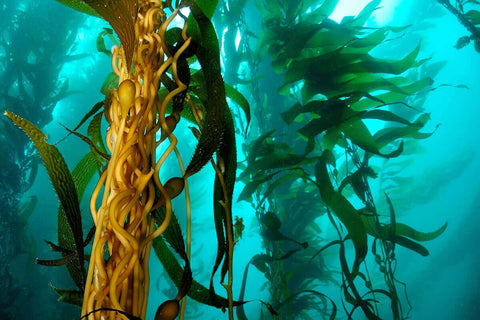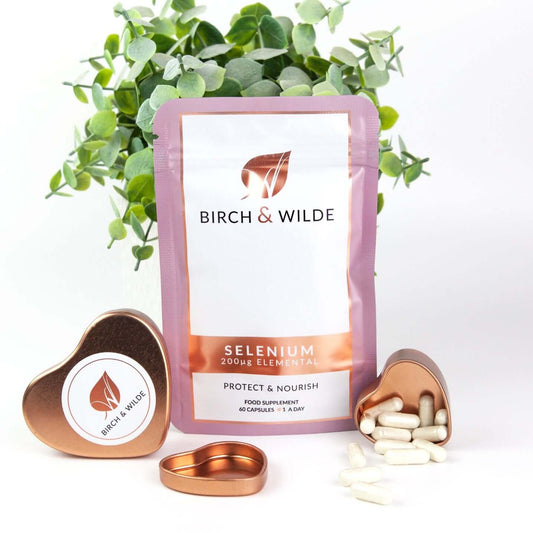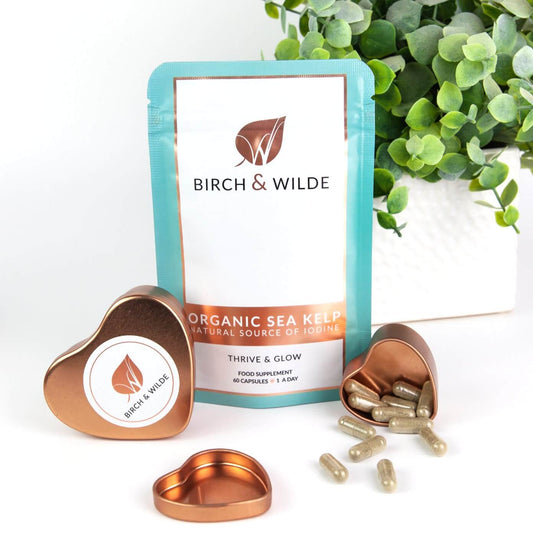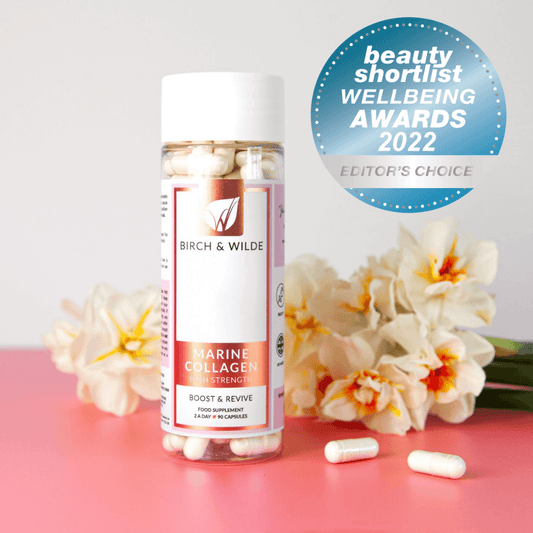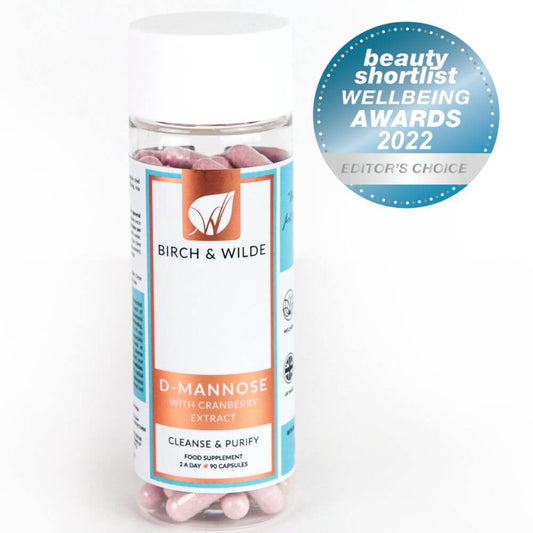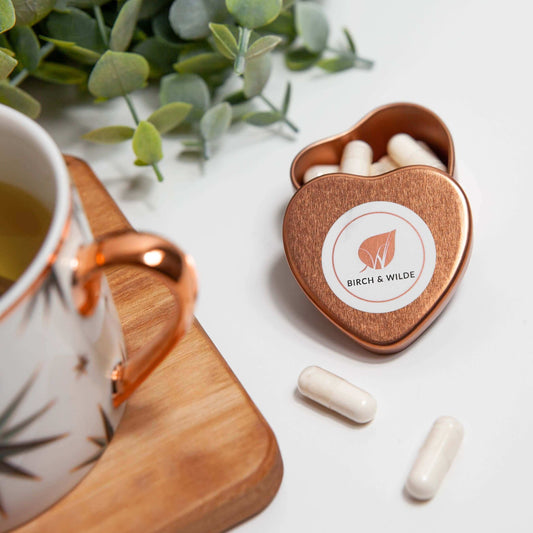Our Favourite Fascinating Facts about Sea Kelp
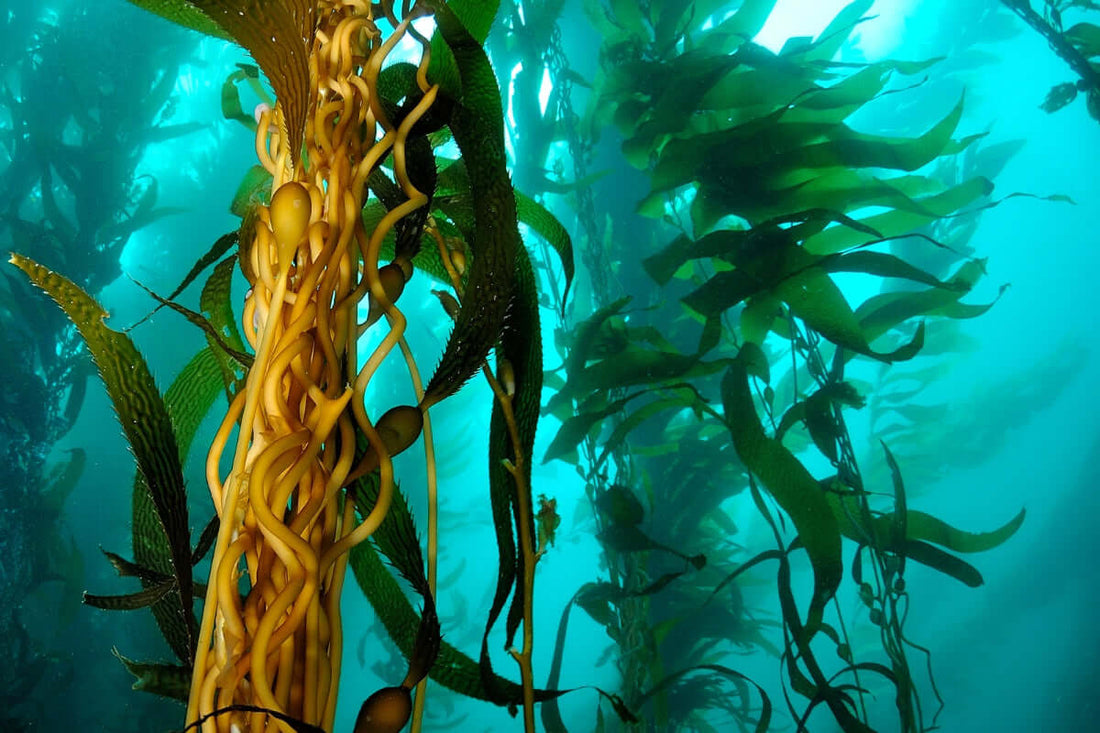
Sea Kelp is the name given to a variety of amazingly nutrient-dense seaweeds. It grows in large towers and forms forest-like areas in shallow coastal areas around the world. Sometimes referred to as the rain forests of the sea, these lush beds of seaweed (and the underwater ecosystems they create) offer refuge to an array of inhabitants.
Now becoming a mainstream and sustainable, natural ingredient in many health and beauty products, as well as foods and other commodities, we have pulled together our favourite facts about these fascinating fronds of sea kelp.
Read on to find out more about the mysterious world of sea kelp forests.
Kelp is a type of Seaweed
Although larger towering sea kelp fronds look a lot like trees, and in large groups, they are known as forests, kelp isn’t even a plant. And, while they also use photosynthesis in the same way as plants, kelp is actually a type of brown algae or seaweed.
Sea kelp grows along 20% of the coastlines of the world
Kelp forests are across the globe wherever conditions make a good home, and together they cover about 20% of the world’s coastlines, which is roughly 570,000 miles! This includes the southern coasts of South Africa and Australia, islands near Antarctica, the west coasts of the USA and South America, Alaska, Canada, Iceland, and even parts of California.
Sea kelps need cool waters
Sea Kelp thrives in somewhat cooler waters, ideally between 5 – 22 degrees Celsius. In temperatures warmer than this, seawater’s ability to hold valuable nutrients can plummet. These nutrient-rich seaweeds need nutrient-rich water to survive. So they are most abundant in cool, coastal waters.
Kelp seaweeds don’t have roots
Sea kelps don’t use root systems and no part of them grows underground at all. Instead, each kelp tower attaches itself to a rock or other solid structure using a mass of kelp tissue. This then anchors the kelp to the seafloor.
Some kelps can grow more than a foot in just one day
In the right conditions where kelp can thrive, growing a foot in just one day is not that uncommon. In some giant kelp species, individual kelp fronds can grow to over 100 feet long. This means that the kelp can sit below the surface of the sea, but can still reap the photosynthesis benefits of the sunshine above.
Sea kelp can help calm stormy waters
As incoming waves roll over a coastal kelp forest, the wave’s energy can be zapped by the densely packed seaweed, as it creates drag. This means that sea kelps can actually help protect coastlines and slow erosion, especially during storms.
Kelps float using gas filled air sacks
When you see a kelp forest underwater, it stands tall and vertical (just like trees!). This is due to gas-filled bladders known as pneumatocysts, which help make kelp fronds buoyant. The seaweed can then grow upright and closer to the surface, allowing it to receive more sunlight for photosynthesis and growth.
Sea kelps can form natural rafts at sea
Sometimes, strands of kelp break loose from the rocks and solid structures that anchor them When this happens, they can clump together and form floating rafts. The raft along with the small sea creatures it carries can travel hundreds of miles.
Sea kelps are sensitive to warmer waters
Warmer water carries less of the nutrients that sea kelp needs in order to thrive, and so it struggles to grow here due to the additional stress on the seaweed metabolism. Kelp forests are particularly susceptible to underwater heatwaves.
Farming sea kelps is easy and popular
The global aquaculture (seaweed farming) market is worth an estimated $6 billion and kelp is a big part of that. It can be farmed as a crop, near the coast on a series of ropes called longlines. Instead of attaching to rocks or structures on the sea bed, the kelps grow off of the floating ropes. In this way, fast growing sea kelp can also be sustainably grown.
Sea kelps have a huge variety of uses!
Sea Kelp can be used in products for health, toiletries and beauty as easily as it can in a wide range of foods, such as salad dressings, puddings, cakes, dairy products, and frozen foods. It's even used in some pharmaceuticals. It’s pretty amazing stuff!


